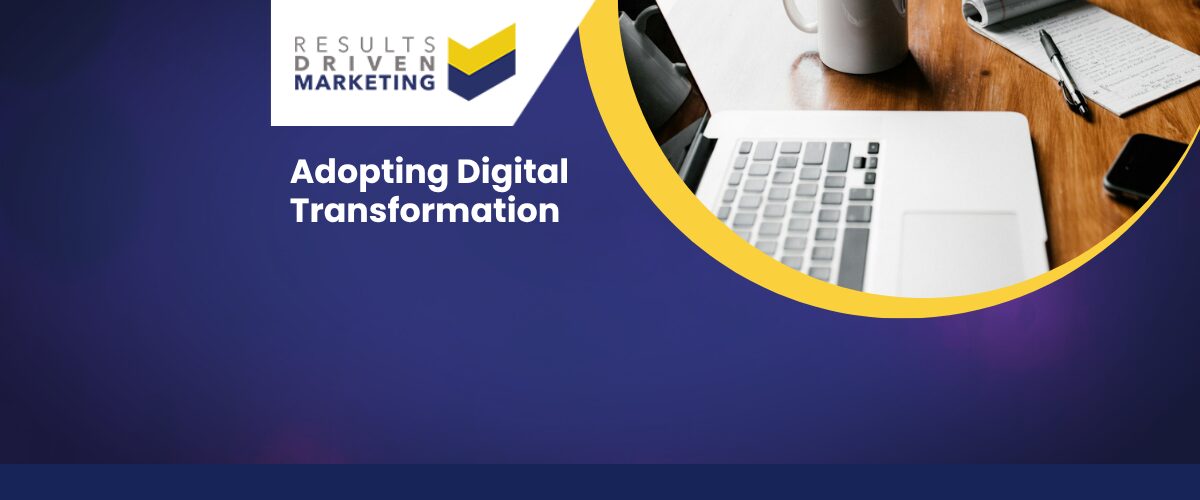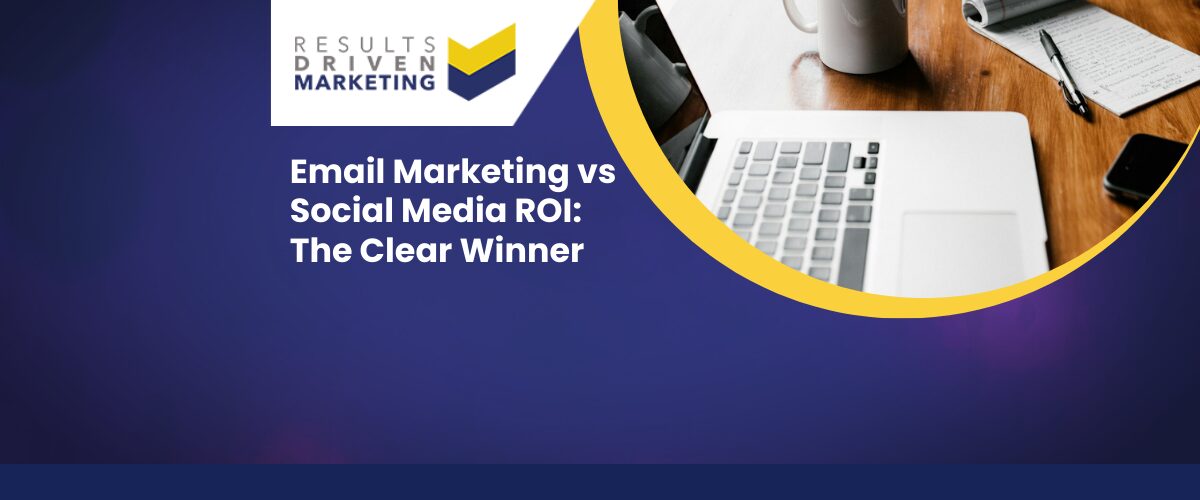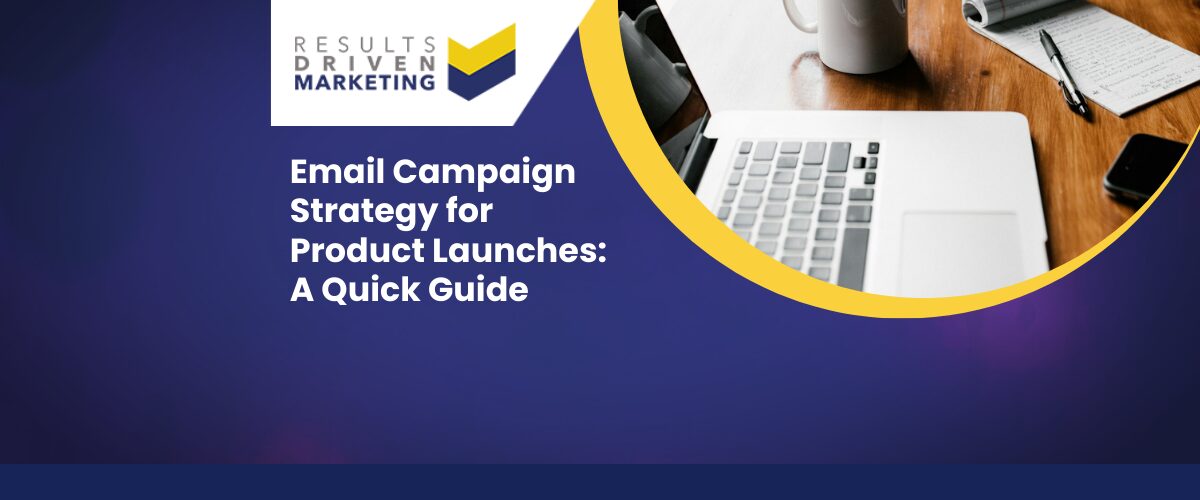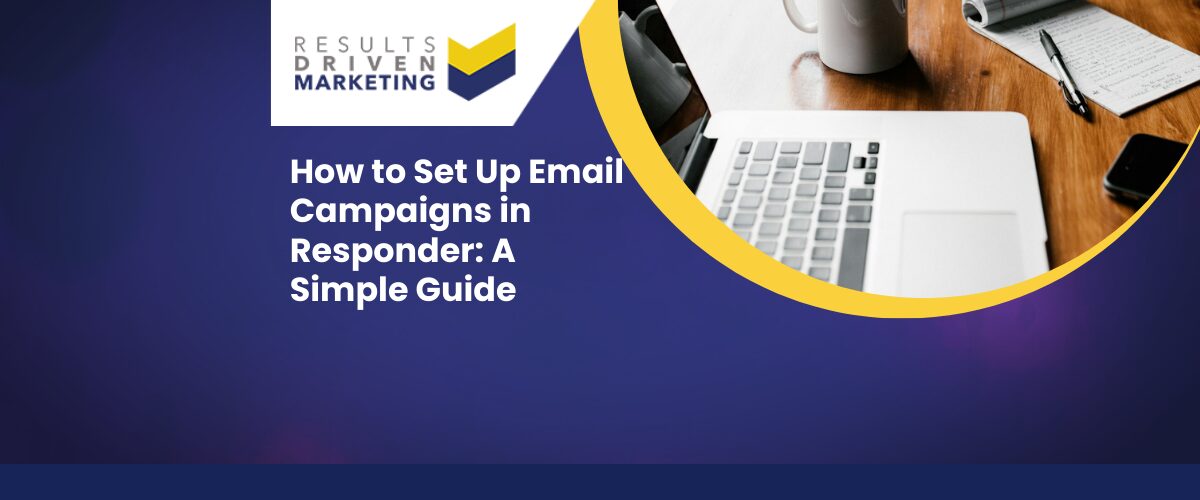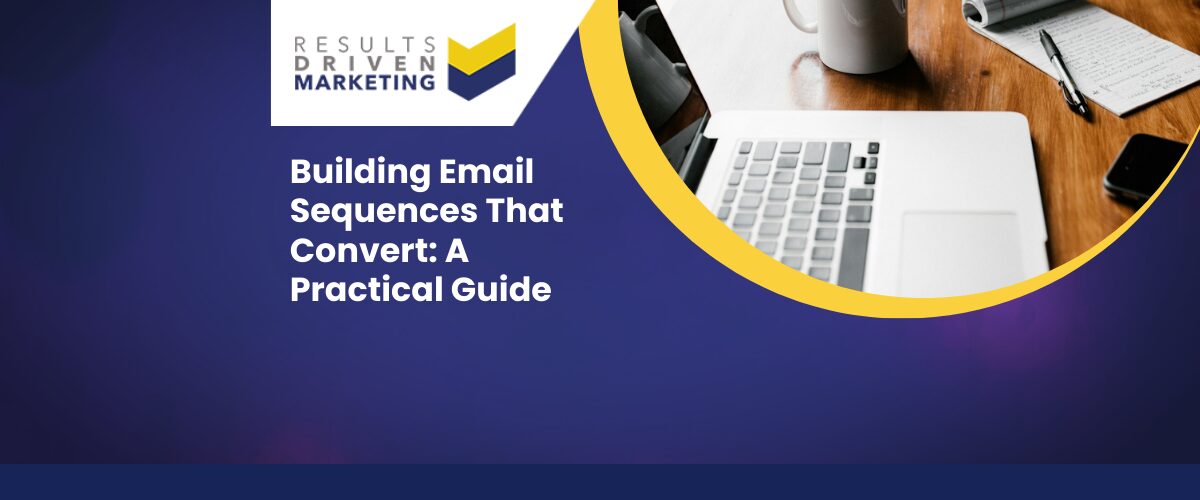
Building Email Sequences That Convert: A Practical Guide
Building email sequences that convert is one of the most powerful ways to generate consistent, qualified leads — especially for B2B SMEs using purchased data. But let’s face it: most email campaigns don’t deliver. Why? Because they rely on one-off sends, generic messages, and no real strategy.
SME decision-makers often struggle to turn cold contacts into warm conversations. Without a clear sequence — one that builds trust, adds value, and follows up at the right time — even the best list won’t get results.
In this guide, we’ll walk you through the exact steps to create an effective email sequence, from first message to final follow-up. You’ll learn how to structure your campaign, what to say at each stage, and how to personalise at scale — without overcomplicating things. Whether you’re chasing new leads or re-engaging older ones, this guide will help you write emails that actually convert.
Table of contents:
Why Email Sequences Work Better Than One-Off Sends
Building email sequences that convert is far more effective than relying on one-off messages — and here’s why.
📬 Multiple Touchpoints Build Familiarity
Most prospects won’t reply to your first email. But after seeing your name a few times — paired with relevant, helpful content — you’re no longer a cold stranger. Sequences give you multiple chances to earn attention.
⏳ You Stay Top of Mind
Decision-makers are busy. Even if they’re interested, they might forget or get distracted. A smart sequence keeps your offer front and centre without being pushy.
🔁 You Can Guide the Conversation
A one-off email can feel like a dead end. Sequences let you build a narrative — starting with a pain point, adding value, sharing proof, then prompting action.
📈 Better Data = Smarter Optimisation
When you send multiple emails, you can track what works — which subject lines get opens, which CTAs get clicks, and which messages convert. This helps you refine your approach over time.
In short, if you want better responses and more leads, sequences win — every time.
Before You Start: Know Your Data and Audience
Building email sequences that convert starts long before you write the first message. It begins with understanding who you’re contacting and why they should care.
🎯 Segment Your Purchased B2B Data
Don’t send the same message to everyone. Split your list by:
-
Industry or sector (e.g., logistics vs. finance)
-
Job title or seniority (MD vs. marketing manager)
-
Company size (small business vs. mid-market)
This allows you to tailor the message to what matters most to them.
💡 Understand What They Value
Your emails should answer one key question: “Why should I care?”
Think about:
-
The challenges they’re likely facing
-
The outcomes they want (time saved, leads gained, revenue increased)
-
The role your service plays in solving that
🎯 Define a Clear Goal
Every email in your sequence should support a single, simple objective. Usually, that’s something like:
-
Book a call
-
Request pricing
-
Download a guide
-
Reply with interest
Know your goal — and write every message with that in mind.
When you start with clean, segmented data and a clear understanding of your audience, your sequence has a much better chance of converting.
Structuring the Perfect B2B Email Sequence
Building email sequences that convert isn’t about sending five versions of the same pitch — it’s about guiding your prospect through a journey. Here’s a proven structure to help you do just that.
Email 1 – The Introduction
-
Keep it short, clear, and to the point
-
Lead with a common challenge or opportunity based on their sector or role
-
Show that you understand their world
-
End with a soft, simple CTA (e.g., “Would this be relevant to discuss?”)
Goal: Start the conversation — not close the deal.
Email 2 – The Value Add
-
Share something helpful: a stat, trend, or short insight
-
Keep it educational, not salesy
-
Link it back to their role or industry
-
Show your credibility subtly — not through hard selling
Goal: Build trust and demonstrate expertise.
Email 3 – The Social Proof
-
Share a quick win or success story
-
Focus on similar businesses or sectors
-
Keep the message concise: “We helped a firm like yours achieve X”
-
Add a relevant CTA (e.g., “Want to see if we can do the same?”)
Goal: Reduce perceived risk and build confidence.
Email 4 – The Follow-Up
-
Short, polite check-in
-
Acknowledge the silence without pressure
-
Try a variation in CTA:
-
“Is this worth a quick call?”
-
“Should I close the loop on this?”
-
Goal: Reignite interest from fence-sitters.
Email 5+ – Reframe or Referral Ask (Optional)
-
Reframe the value from a new angle
-
Offer a new benefit or share another quick win
-
Ask if there’s someone else on the team you should speak to
Goal: Stay relevant and open the door to someone else.
With this sequence structure, each message builds on the last — gradually creating interest, trust, and engagement. It’s not about volume; it’s about timing, tone, and relevance.
Writing Sequences That Feel Personal — Even at Scale
Building email sequences that convert doesn’t mean manually writing hundreds of messages. It’s about crafting emails that feel personal — even when you’re sending them to a large, segmented list.
🏷️ Use Smart Personalisation Fields
At a minimum, include:
-
First name
-
Company name
-
Job title or sector reference
These small touches show the recipient it’s not just another mass email.
🧠 Reference Their World
Even without deep research, you can write in a way that feels tailored:
-
Mention industry challenges or trends
-
Use role-specific language (e.g., “As an MD…” or “For B2B marketers…”)
-
Focus on outcomes they care about
🚫 Avoid Templated Language
Phrases like “hope you’re well” or “just touching base” sound robotic. Use natural language instead:
-
“Quick question about your outreach strategy…”
-
“Saw you work with [sector] companies — thought this might help…”
🔁 Batch Custom Variants
Instead of fully customising every message, create slightly different versions for key segments (e.g., one for agencies, one for SaaS firms). It’s efficient, but still tailored.
When emails feel personal, they get more replies. And when you scale that personal touch across your sequence? That’s when conversion rates start to climb.
Common Mistakes That Kill Conversions
Even with the best structure, building email sequences that convert can fall flat if you’re making basic mistakes. Here’s what to watch out for — and how to avoid them.
❌ Being Too Vague or Too Pushy
Don’t start with “just checking in” or dive straight into “let’s book a demo.” Vague emails get ignored. Overly aggressive ones get deleted. Focus on relevance and value in every message.
❌ Sending Emails Too Close Together
If you’re emailing every day, you’ll burn trust fast. Spread your sequence over 10–14 days. Allow time for your message to be seen without overwhelming the inbox.
❌ No Clear Call to Action
If you’re not telling the recipient what to do next, don’t expect them to figure it out. Use one CTA per email — simple, clear, and friction-free.
❌ Failing to Test Subject Lines and Timing
Your best email is useless if it never gets opened. Test variations in subject lines, sending times, and day of the week to find what works for your audience.
Mistakes like these can easily kill momentum — but they’re also simple to fix. Test, learn, and keep improving. That’s how you build email sequences that deliver results.
How to Optimise Performance Over Time
Building email sequences that convert isn’t just about getting it right once — it’s about learning what works, improving what doesn’t, and repeating what delivers results.
📊 Track the Right Metrics
Don’t just focus on open rates. Instead, track:
-
Reply rates – especially positive and qualified responses
-
Click-throughs – if you link to resources or booking pages
-
Conversions – how many leads move to a call, meeting, or quote
🧠 Identify Drop-Off Points
Look at where engagement falls. If email 1 gets opens but no replies, your hook might be weak. If responses dip after email 2, your value-add might be off.
🧪 A/B Test Key Elements
Test different:
-
Subject lines
-
CTAs
-
Send times
-
Message tone (formal vs. conversational)
You don’t need complex tools — just small, trackable variations and clear results.
🔁 Refresh Every Few Months
Don’t let your sequence go stale. Update your examples, swap in new client wins, and keep the language fresh to stay relevant and engaging.
Optimisation isn’t optional — it’s what turns a decent campaign into a consistent lead machine.
Why Choose Results Driven Marketing
At Results Driven Marketing, we don’t just sell lists — we help SMEs turn campaigns into conversions. If you’re serious about building email sequences that convert, it starts with having the right data and the right support behind you.
✅ Segmented, Campaign-Ready Data
We provide accurate, UK-based B2B data from over 2,000 sectors — already formatted for your email platform or CRM. Whether you’re targeting decision-makers in finance, logistics, or tech, we’ve got you covered.
Explore our email lists to match your campaign goals.
✅ Built for Cold Outreach
Our data works with your sales strategy — from initial contact to final follow-up. We help you avoid the common pitfalls and get your emails in front of the right people, fast.
✅ GDPR-Compliant and CTPS-Checked
Every record meets UK legal standards and is compliant with GDPR, reducing risk while increasing campaign success. You get peace of mind along with performance.
✅ Real Support from Real People
Need help with segmentation, formatting, or planning your first sequence? We’re a phone call away — not a chatbot in sight.
Ready to turn your next campaign into a lead generator? Contact Us and let’s get started.
Final Thoughts: Consistency Wins
When it comes to building email sequences that convert, consistency beats cleverness. You don’t need fancy designs, perfect copy, or complex automation — you just need the right message, to the right person, at the right time.
A good sequence earns attention. A great one builds trust and drives action. And if you’re using purchased B2B data, your edge isn’t just in who you’re targeting — it’s in how you guide them from cold lead to warm prospect.
So stay focused. Stay consistent. And remember — one email might spark interest, but a smart, well-timed sequence turns that interest into real business.
Results Driven Marketing
Helping UK SMEs go from bad data to better campaigns.
Contact Us | Tel: 0191 406 6399
Cobalt Business Exchange, Newcastle, UK


